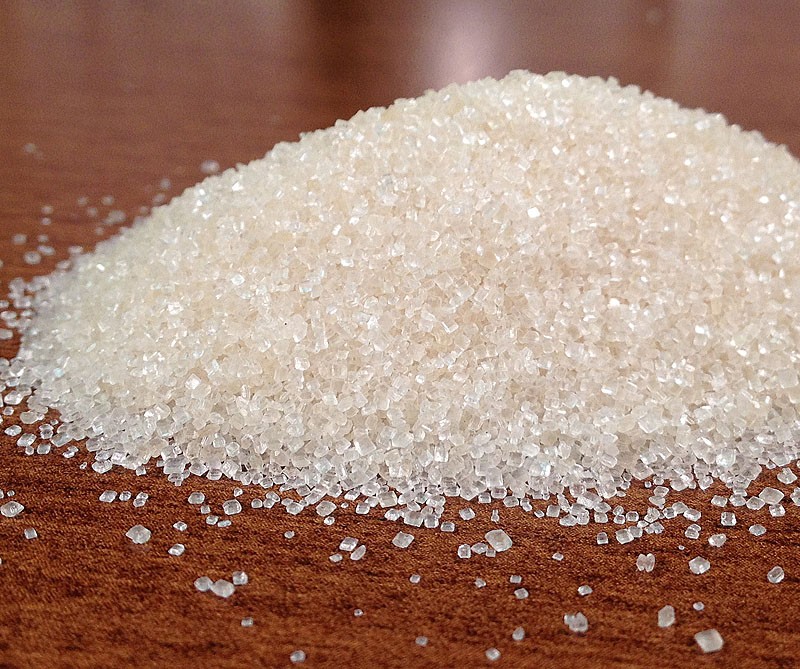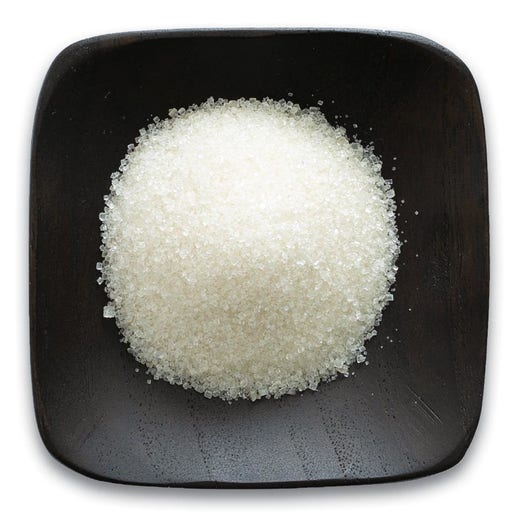The Science Behind Cane Sugar Processing: Just How Sweetness is Fine-tuned
The Science Behind Cane Sugar Processing: Just How Sweetness is Fine-tuned
Blog Article
An In-Depth Guide to the Ecological Impact and Sustainability Practices in Cane Sugar Processing
The ecological effect of walking stick sugar handling presents a complicated range of challenges that warrant cautious assessment. From dirt degradation and extreme water use to the carbon footprint linked with growing and production, the consequences of typical practices are far-reaching. What details practices can be implemented to strike a balance in between performance and environmental stewardship?
Review of Walking Stick Sugar Processing
Walking stick sugar processing involves a series of systematic steps that change sugarcane into polished sugar. Originally, harvested sugarcane is transferred to processing centers, where it undergoes cleaning to eliminate dirt and debris. Following this, the walking cane is crushed to remove juice, which is then made clear by removing contaminations through home heating and the enhancement of lime.
The made clear juice undertakes dissipation, where water is eliminated to concentrate the sugar content. This concentrated syrup is then taken shape via air conditioning, permitting sugar crystals to develop. These crystals are separated from the staying syrup using centrifugation, causing raw sugar. To attain polished sugar, the raw item undergoes additional filtration processes, which might include filtering and cleaning to remove continuing to be pollutants and shade.
The last item is then dried out and packaged for circulation. Throughout this entire procedure, maintaining efficiency and quality assurance is necessary to guarantee the sugar fulfills sector criteria. Each action in walking cane sugar handling not just adds to the last item but additionally has effects for resource use and waste generation, establishing the stage for conversations on sustainability and ecological effects related to sugar manufacturing.
Ecological Obstacles of Manufacturing
The production of walking stick sugar provides numerous significant environmental challenges that warrant focus. One main issue is the extensive use of agrochemicals, including fertilizers and pesticides, which can cause dirt degradation, biodiversity loss, and contamination of local water sources. The runoff from sugarcane fields commonly carries these chemicals right into nearby communities, interfering with water life and affecting the health of areas reliant on these water bodies.
An additional obstacle is the high power intake connected with sugarcane processing. The boiling and refining phases need significant warm, primarily produced by shedding fossil fuels, adding to greenhouse gas emissions. In addition, the large acreage needed for sugarcane cultivation can result in deforestation and habitat destruction, additional exacerbating climate adjustment and harmful wildlife.
Moreover, the labor methods in some areas increase moral problems, as employees might face inadequate working problems and insufficient salaries. This circumstance frequently perpetuates a cycle of hardship in regional areas. Cane Sugar Processing. Attending to these environmental challenges is vital for creating more sustainable practices in cane sugar manufacturing, inevitably benefiting both the atmosphere and the communities involved in this industry
Water and Land Use Effect
Water resources and land usage are critical parts in the walking cane sugar sector that considerably influence the setting. The cultivation of sugarcane needs significant water input, with estimates suggesting that it can eat approximately 2,000 litres of water per kilo of sugar created. This extensive use of water often results in deficiency of regional water resources, influencing not just the sugarcane haciendas however additionally bordering communities and communities that depend on the very same water resources for agriculture and residential use.

Moreover, land usage for sugarcane growing can cause deforestation and the conversion of natural habitats right into monoculture vineyards. This technique decreases biodiversity, interrupts neighborhood ecosystems, and adds to dirt deterioration. The expansion of sugarcane areas commonly encroaches on useful farming land, producing competitors for sources between food and biofuel manufacturing.
Lasting methods, such as optimizing irrigation strategies and implementing plant rotation, are vital to alleviate these influences. By embracing much more effective water usage and land management methods, the cane sugar sector can lower its ecological impact, guaranteeing an equilibrium between farming efficiency and ecological preservation.
Greenhouse Gas Emissions
Greenhouse gas exhausts represent a considerable ecological concern within the walking stick sugar processing industry, specifically as agricultural practices expand to fulfill global need. The farming of sugarcane, a crop that prospers in tropical climates, relies heavily on synthetic fertilizers and chemicals, which add to nitrous oxide discharges. In addition, land-use modifications, including logging for new sugarcane haciendas, launch co2 saved visit the site in plant life and soil.
During handling, power usage is an additional significant resource of greenhouse gas emissions - Cane Sugar Processing. Lots of sugar mills use nonrenewable fuel sources to power equipment and produce warm, leading to significant carbon footprints. Furthermore, the transport of raw sugarcane and ended up products adds layers of discharges with fuel burning in vehicles
This includes reviewing present farming methods, processing approaches, and transportation systems to identify locations for renovation and reduction. Attending to greenhouse gas emissions is crucial for promoting a more lasting cane sugar industry in a transforming environment.

Sustainable Practices and Innovations
Sustainable techniques and innovations are significantly important in the cane sugar handling industry as stakeholders look for to lower environmental impacts while preserving productivity. One substantial innovation is the execution of incorporated plant administration, which maximizes source use by combining dirt monitoring, bug control, and crop rotation strategies. This strategy enhances return while minimizing chemical inputs and preserving dirt wellness.
Furthermore, the fostering of renewable resource sources, such as biomass from sugarcane residues, has actually gained traction - Cane Sugar Processing. By converting waste products right into energy, processing facilities can reduce their dependence on nonrenewable fuel sources, thus lowering greenhouse gas discharges
Water monitoring techniques have actually also seen enhancements through the recycling and reusing of water in processing plants, considerably reducing freshwater intake. Technologies in modern technology, such as precision agriculture, make it possible for farmers to monitor crop wellness and source use better, making certain sustainable growing practices.
Additionally, accreditation programs like Fair Profession and Rain forest Partnership urge ecologically accountable farming methods and advertise social equity within the supply chain. By embracing these sustainable methods and advancements, the walking cane sugar processing industry can improve weblink its strength and add favorably to environmental stewardship.
Final Thought
The ecological effect of walking stick sugar handling presents substantial difficulties, including dirt destruction, high water intake, and greenhouse gas emissions, together with honest issues connected to labor practices. Attending to these issues via sustainable techniques, such as incorporated plant management, renewable energy fostering, and water recycling, is important. By advertising ecologically responsible and socially fair techniques in sugar manufacturing, the industry can mitigate its adverse results, making certain a much more sustainable future for both areas and ecological communities entailed in this industry.
Walking stick sugar handling involves a collection of methodical steps that change sugarcane right into refined sugar. Each step in cane sugar handling not only adds to the final product yet likewise has effects for source use and waste generation, establishing the stage for discussions on sustainability and ecological influences associated with sugar production.
Greenhouse gas emissions stand for a significant environmental issue within the walking stick sugar handling market, over at this website especially as agricultural techniques increase to satisfy global need.Lasting practices and technologies are significantly crucial in the walking cane sugar handling industry as stakeholders look for to minimize ecological effects while maintaining performance.The ecological influence of cane sugar handling offers significant difficulties, consisting of soil degradation, high water intake, and greenhouse gas discharges, along with honest problems associated to labor techniques.
Report this page